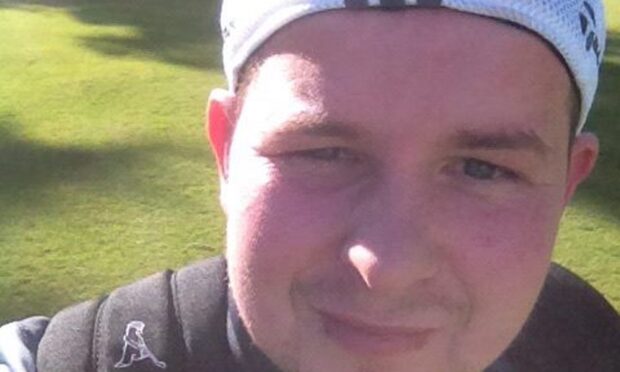Data released this week is expected to show how the Omicron Covid variant has spread across Scotland over Christmas and Hogmanay.
Daily figures have not been published in the normal way since December 31, while registry offices have also been closed, meaning deaths have not yet been properly registered.
New data from the Scottish Government showing the number of new cases each day since New Year’s Eve is expected to be made available on Monday afternoon.
It will confirm whether the record daily increase in infections recorded before Christmas continued over the holidays.
The most recent data showed 11,962 new coronavirus infections were recorded on New Year’s Eve.
December 30 saw 16,857 new infections — a record daily increase in new cases of Covid-19.
But the government and public health officials have said there was a delay in reporting some results, meaning that each day’s figures may have been an underestimate.
Lesley-Anne Kelly, data editor at DCT Media, which publishes The Courier and The Press & Journal, said it was likely we would see very high numbers of new cases this week.
“The key metric for me will be the number of people in hospital, which after a lengthy period of plateau has now begun to increase rapidly.
“Locally this has seen patients with newly confirmed Covid in Fife hospitals almost doubling between Christmas Eve and Hogmanay, and in Tayside this number has more than tripled.
“While not all of these patients will have been admitted primarily for Covid symptoms, any increase in highly infectious patients is likely to put considerable pressure on already stretched staff.
“It’s unclear whether we’re likely to see an increase in deaths and any increase we do see is unlikely to be the effects of the Omicron variant – it is more likely to be caused by a backlog in reporting over the festive period.”
Meanwhile, Jillian Evans, NHS Grampian’s head of health intelligence, said that the return of schools and the effect of mixing over Christmas would become obvious.
“It will all change this week because schools will go back and it will become very obvious in terms of case numbers and their impact.
“I think this is the crunch week for us as we begin to see the impact of those high cases and schools going back, the intergenerational effects of mixing over Christmas – all of that will start to be shown now in the data.
“It will become very real to people not just in the health but also in possible disruption to their ways of life.”










